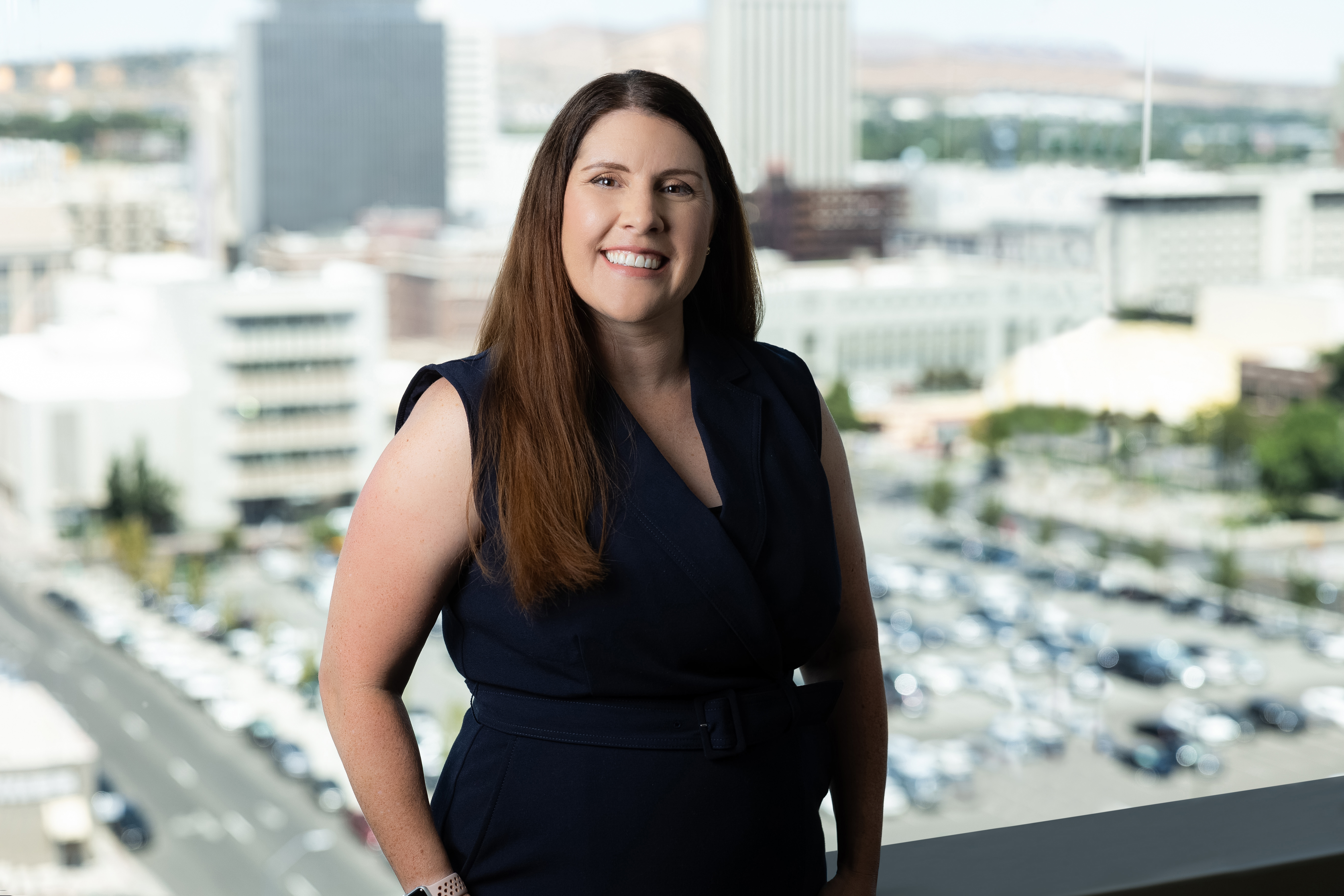In the realm of education savings, 529 plans have emerged as a powerful tool for families to prepare for the future. These tax-advantaged savings accounts offer a range of benefits, and recent updates have expanded their utility beyond traditional college expenses. It is vital to understand the key aspects of 529 plans, including contribution limits, withdrawals, tax implications, and exciting new possibilities.
Eligibility and Contributions: The designation of a beneficiary for a 529 account is not restricted by the individual's relationship to the account creator. It is possible to designate oneself as the beneficiary when establishing the account. The sole requirement is that the beneficiary must be a U.S. citizen or a resident alien, possessing a valid Social Security number or federal tax identification number.
One of the primary attractions of 529 plans is the opportunity to contribute substantial amounts for education expenses. These plans empower investors to save funds in an account where earnings can accrue without incurring federal income tax. However, it is essential to note that the maximum contribution per beneficiary can differ among various 529 plans, as well as by state. As of 2024, the maximum contribution limit in Nevada is $500,000 per beneficiary.
Withdrawals and Taxability: The beauty of 529 plans lies in their tax advantages when it comes to withdrawals. When utilized for “qualified higher education expenses,” the withdrawals from these accounts remain free from federal income tax. These expenses include tuition, room and board, books, and mandatory fees. Recent enhancements have expanded the definition of qualified expenses, making 529 plans even more versatile.
Additionally, participants in many states can enjoy special state incentives, such as state tax treatment aligning with federal tax policies, potential tax deductions or credits, and other state-specific tax benefits tied to their participation in the respective state's program(s).
Elementary and Secondary School Expenses: In a significant development, 529 plans can now be used to cover expenses related to K-12 education up to $10,000 per child annually for tuition in connection with enrollment at a public, private or religious school. This expansion allows families to start using their 529 savings earlier, providing greater flexibility in addressing educational needs at all levels. Unlike the flexibility with 529 plans used for higher education, the funds can only be used for tuition for K-12.
 Teela McCullar
Teela McCullar
Rolling Into a Roth IRA: Another noteworthy update to 529 plans is the ability to roll over funds into a Roth IRA (currently up to $35,000 lifetime limit). This feature adds an extra layer of flexibility for families, allowing them to strategically manage their investments. By converting 529 plan funds into a Roth IRA, investors can potentially benefit from tax-free withdrawals in retirement, assuming certain conditions are met.
Paying Down Student Loan Debt: In a move to address the evolving landscape of education financing, recent legislative changes now allow 529 plan funds to be used to pay down student loan debt. This includes federal and private student loans, with a maximum limit of $10,000 in lifetime withdrawals per beneficiary. This development recognizes the growing challenge of student loan debt and provides families with an additional tool to manage these financial obligations.
For all the recent developments noted above, check your state’s specific 529 plan program as not all states conform with the federal tax law changes.
The 529 plans continue to evolve, offering families a dynamic and powerful tool to invest in education. With increased contribution limits, expanded qualified expenses and extended flexibility, these plans have become more versatile than ever. As you navigate the complex landscape of educational financing, exploring the full potential of 529 plans can make a significant impact on your ability to fund education at all levels. Whether you're saving for college, supporting K-12 education, or addressing student loan debt, 529 plans offer a comprehensive solution to help you achieve your educational and financial goals.
Teela McCullar, managing director of Barnard Vogler and Co., has more than 17 years of experience in public accounting. McCullar specializes in providing comprehensive tax and consulting services to businesses, high net worth individuals, and trusts. She is a recipient of the Professional Achievement Award by the Nevada Alumni Association, Treasurer of Sierra Emergency Medical Services Alliance, Board member of the Community Foundation of Northern Nevada and committee member on the AICPA Tax Practice Management Committee.